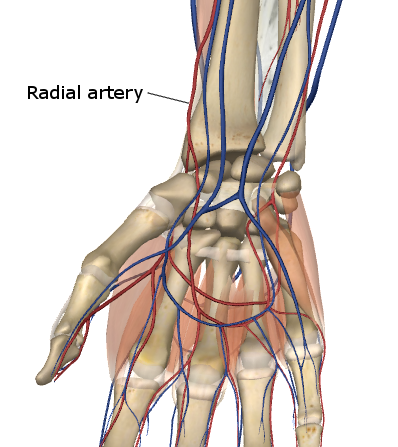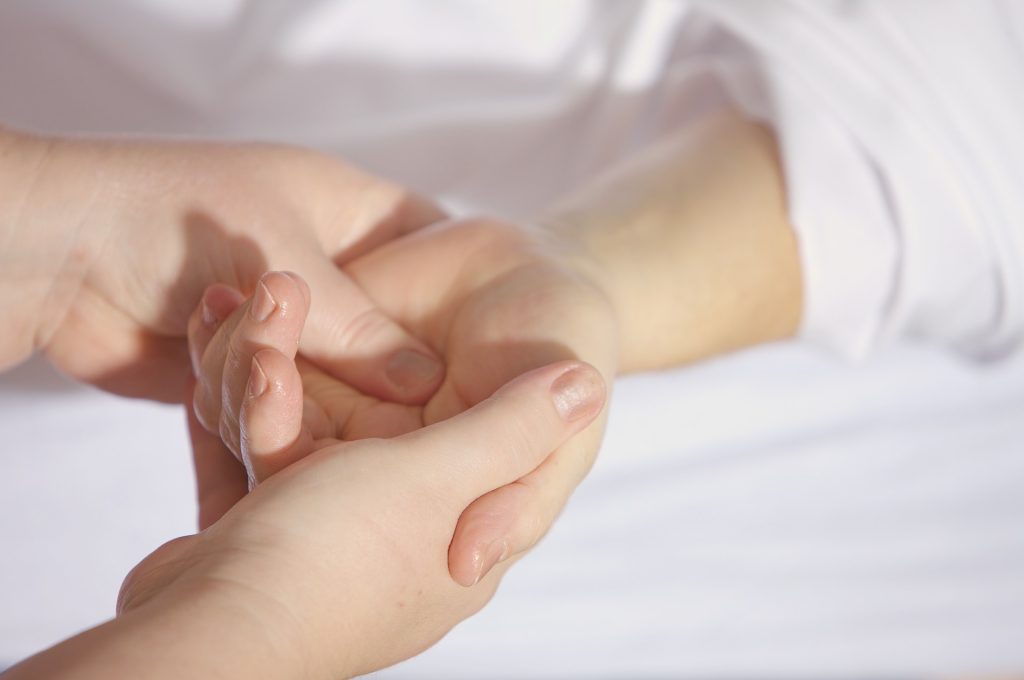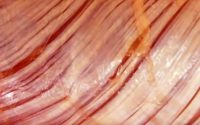Massage therapy reduces arterial puncture-induced pain
Arterial puncture or radial artery puncture is a medical procedure that is performed to obtain a sample of arterial blood for analysis. This procedure is often needed in critically ill patients, and it causes substantial pain and discomfort, but there is no effective intervention to reduce this pain.
Hand massage has been shown to reduce post-operative pain and reduce anxiety, a group of researchers from Angers in France hypothesized that hand massage therapy could help to reduce the stress and pain induced by single arterial puncture (without catheter placement) in critically-ill patients.
The study, published in Intensive Care Medicine, was conducted in 2 surgical units in France with a randomized, cross-over, controlled open study. Seventy five patients (mean age 65±15 years, 76% male) were randomized to receive 10-min massage therapy (including head, harms and hands massage) or control before arterial puncture. The pain was assessed using a numerical scale (from 0 no pain to 10 maximal pain) before and after the puncture. The anxiety before puncture was also assessed (from 0: no anxiety to 10: maximal fear).
Massage therapy showed a significant reduction of the puncture-induced pain (mean reduction of 0.9 points) compared to the control. The proportion of patients who had substantial pain during the puncture (i.e, a pain scale>3) in the massage group was 42% compared to 62% in the control group. Massage therapy was also efficient to decrease patients’ anxiety to puncture. Data also showed a significant lower heart rate variation in the massage group.
The massage intervention is simple, and most of the nurses were not trained in massage therapy and only followed a 10 min video e-learning. Many nurses also reported a benefit, by improving their relationship with the patient.
The authors concluded that massage therapy is a simple, cheap intervention that can improve critically ill patients’ comfort. It could be use in other situations which could reduce the need for medications such as opioids.


